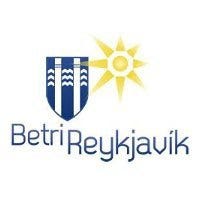Justine Brown at GovTech: “Esri and Waze announced in mid-October that they’re partnering to help local governments alleviate traffic congestion and analyze congestion patterns. Called the Waze Connected Citizens Program, the program — which enables local governments that use the Esri ArcGIS platform to exchange publicly available traffic data with Waze — may represent a growing trend in which citizens and government share data for the benefit of all.
Connecting Esri and Waze data will allow cities to easily share information about the conditions of their roads with drivers, while drivers anonymously report accidents, potholes and other road condition information back to the cities. Local governments can then merge that data into their existing emergency dispatch and street maintenance systems….
Through the Connected Citizen program, Waze shares two main data sets with its government partners: Jams and Alerts….If there’s a major traffic jam in an unusual area, a traffic management center operator might be triggered to examine that area further. For example, Boston recently used Waze jam data to identify a couple of traffic-prone intersections in the Seaport district….Similarly if a Waze user reports a crash, that information shows up on the city’s existing ArcGIS map. City personnel can assess the crash and combine the Waze data with its existing data sets, if desired. The city can then notify emergency response, for example, to address the accident and send out emergency vehicles if necessary….
The Connected Citizen Program could also provide local governments an alternative to IoT investments, because a city can utilize real-time reports from the road rather than investing in sensors and IoT infrastructure. The Kentucky Transportation Cabinet, for instance, uses data from the Connected Citizen Program in several ways, including to monitor and detect automobile accidents on its roadways….(More)”

 -for-profit website, Better Reykjavik was better able to involve people because it wasn’t perceived to be part of pre-existing political structures.
-for-profit website, Better Reykjavik was better able to involve people because it wasn’t perceived to be part of pre-existing political structures.